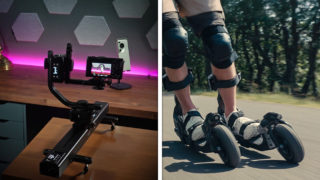The 1970s was a time of bold design experiments in the auto industry, with carmakers pushing boundaries that often resulted in… well, let’s just say some questionable looks. From oddball shapes to some rather eye-watering color schemes, these cars left a unique legacy for all the wrong reasons. Here are 12 of the most memorable “ugliest” cars from the ‘70s that probably don’t need a comeback.
12. 1973 Reliant Robin: Exterior
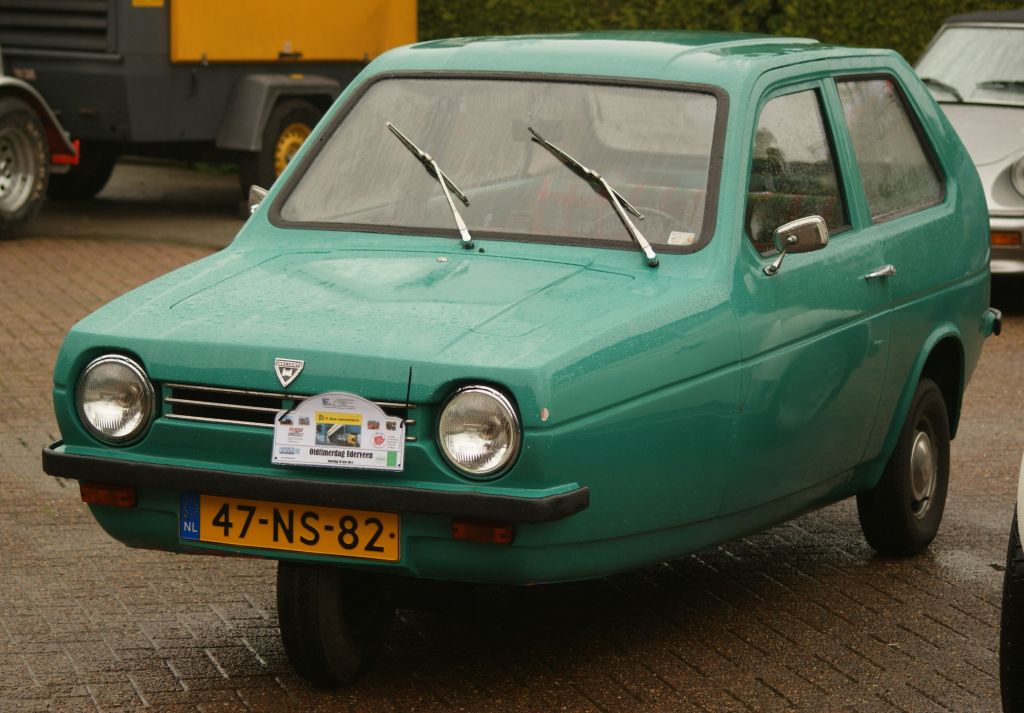
The 1973 Reliant Robin stands out as one of the most unconventional designs of the decade. This three-wheeler was styled by Ogle Design (also responsible for the Bond Bug), and it wasn’t exactly winning beauty contests. With its quirky, triangular shape and pleading front end, the Robin earned its fair share of side-eye glances—and not the admiring kind.
1973 Reliant Robin: Interior
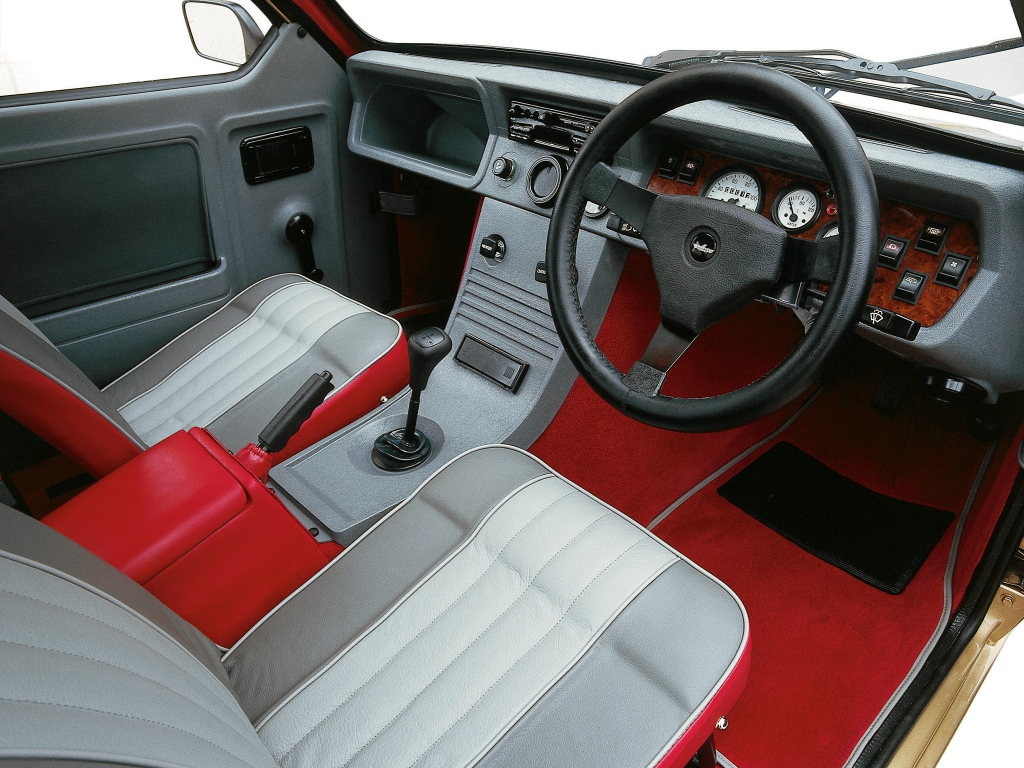
Despite its odd exterior, the Reliant Robin could reach decent speeds of 70 to 85 mph, thanks to a four-speed manual transmission. It was practical, but its unique look made it easy to poke fun at—giving it a lasting (if not entirely flattering) place in automotive history.
11. 1974 Sebring Vanguard City Car: Exterior

The Sebring Vanguard City Car, launched in 1974, looked a lot like a glorified golf cart—and that’s being generous. Its wedge-shaped, ultra-basic body was designed purely for urban transport. It wasn’t exactly a beauty, but it marked an early foray into electric mobility.
1974 Sebring Vanguard City Car: Interior
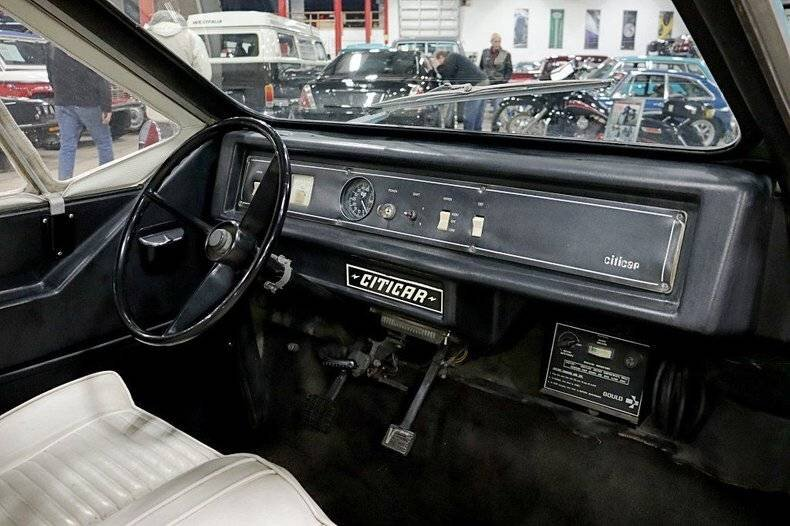
With a modest 2.5-horsepower motor (later upgraded to six), the City Car achieved a decent 40-mile range on a single charge. However, with a top speed of 25 mph, it was more likely to earn chuckles than impress anyone looking for performance.
10. 1975 AMC Pacer: Exterior
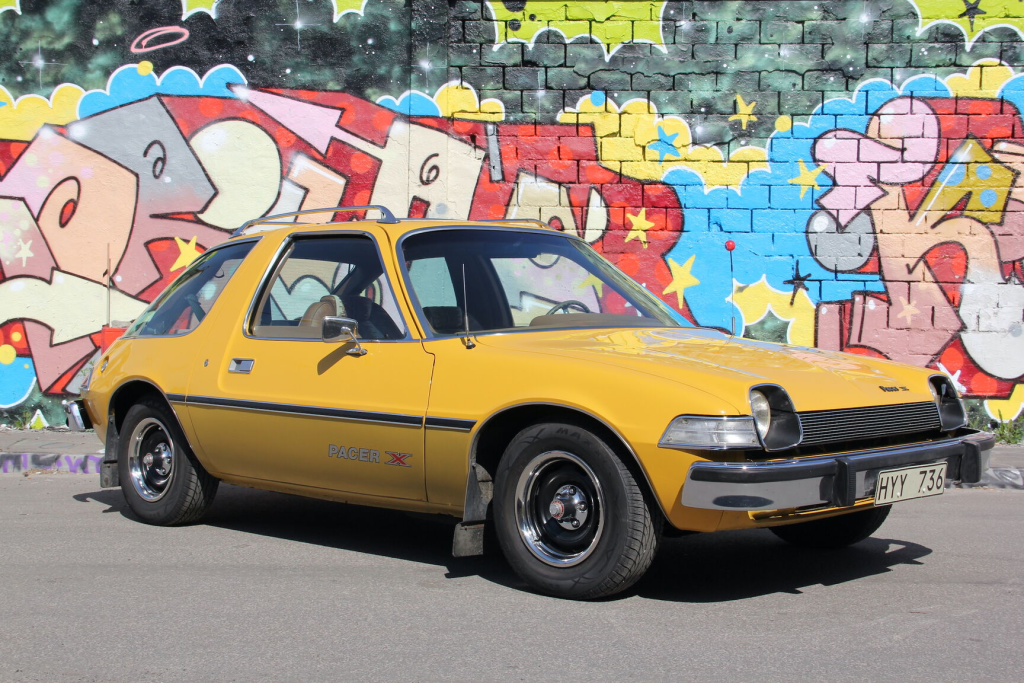
AMC took a bold step with the Pacer in 1975, creating a “small” car that was… strangely wide. This car’s almost cartoonish, toad-like shape and asymmetrical doors gave it an unmistakably quirky vibe. It was called “the flying fishbowl” thanks to its massive windows, but its unconventional look didn’t win everyone over.
1975 AMC Pacer: Interior
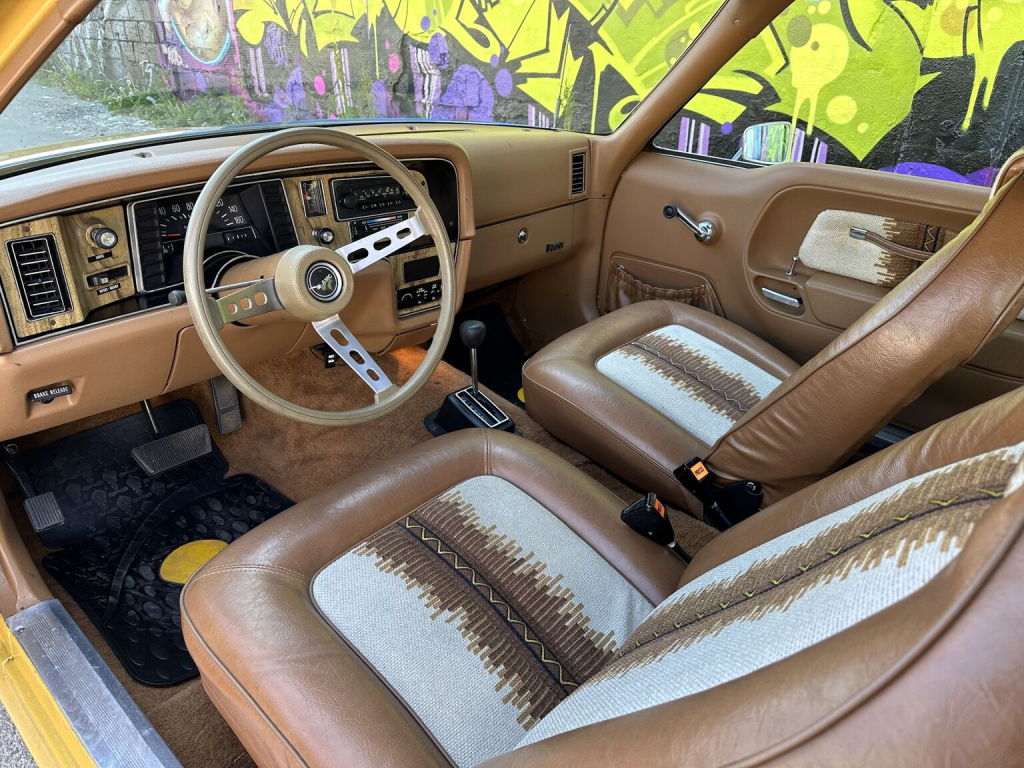
The Pacer was billed as the first “wide small car,” and despite its unique layout, it struggled with underwhelming power and cramped rear seating. Still, it earned a soft spot among some buyers, and its glass-heavy design is remembered fondly by fans of retro kitsch.
9. 1973 Volkswagen Type 181: Exterior
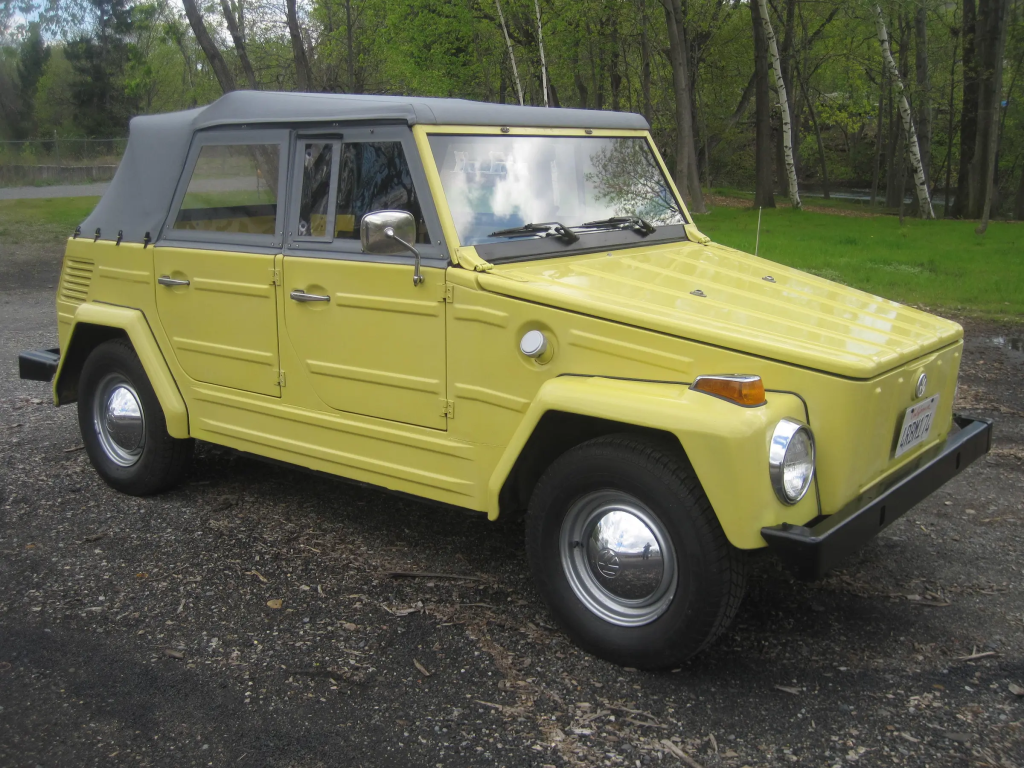
Initially intended for military use, the Volkswagen Type 181 (affectionately nicknamed “The Thing”) wasn’t exactly a model of elegance. With its boxy, utilitarian frame, this car looked more like a quirky beach buggy than a civilian vehicle.
1973 Volkswagen Type 181: Interior
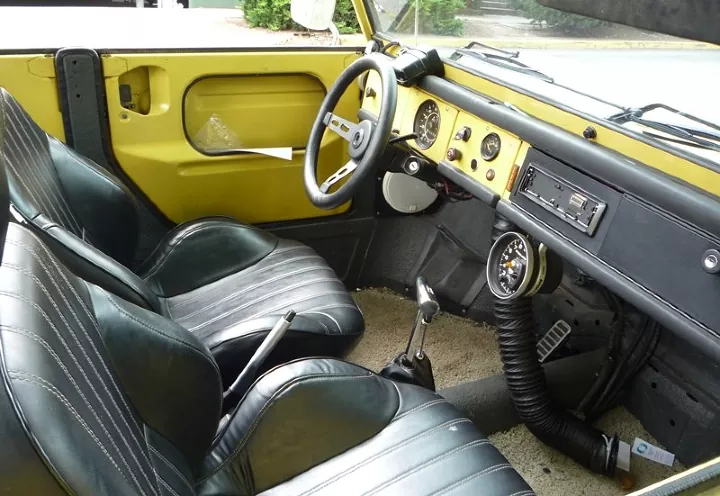
Powered by a 46-horsepower, air-cooled engine, the Type 181 came with practical features like removable doors for open-air driving. It was a bit of a Frankenstein in appearance, merging military Jeep vibes with a sense of whimsy, which earned it a mixed reputation.
8. 1970 AMC Gremlin: Exterior
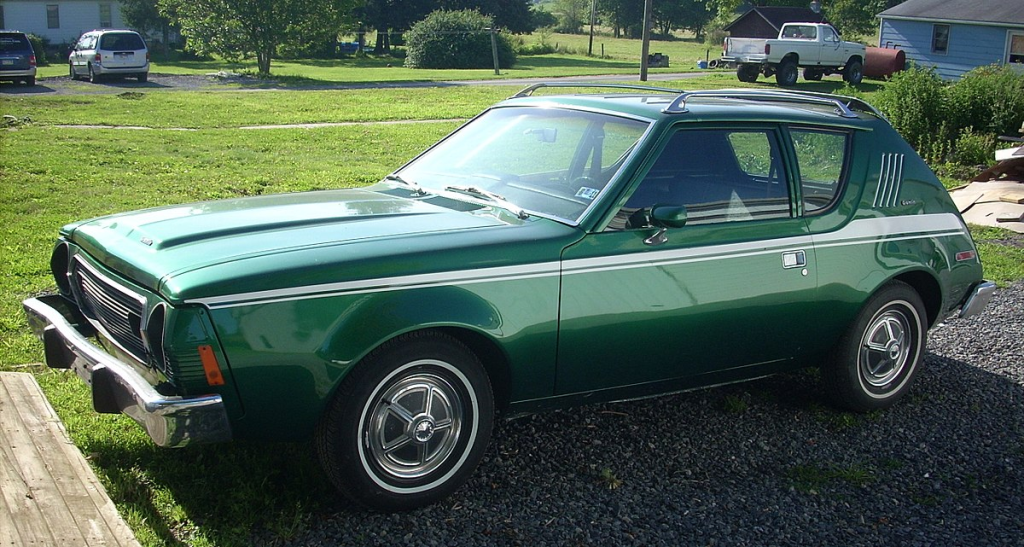
AMC’s Gremlin made a bold statement in the subcompact market with its long hood and abrupt, chopped-off rear end. It was built on a shortened Hornet platform, and with a name like Gremlin, this car’s odd look was almost expected.
1970 AMC Gremlin: Interior
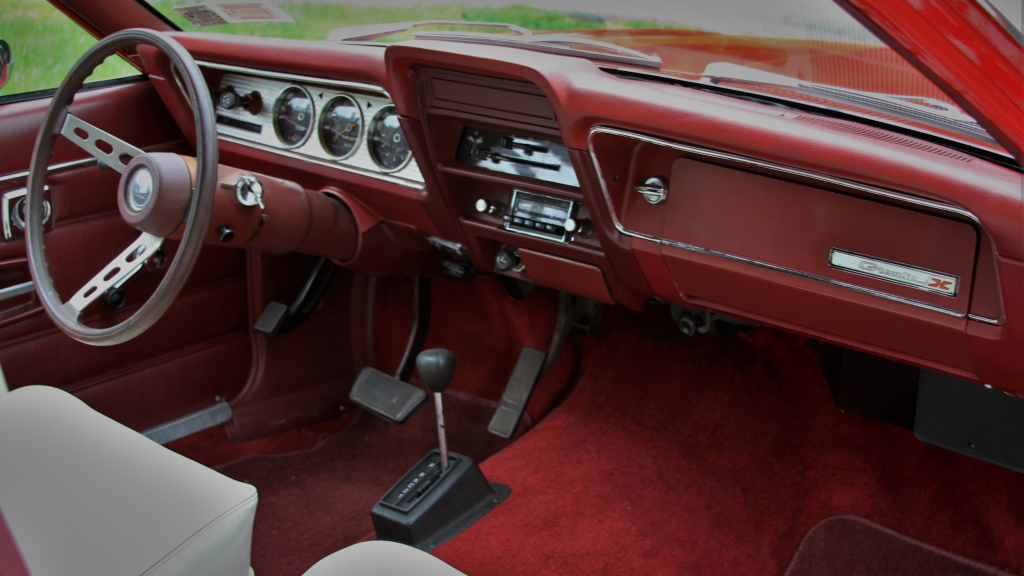
The Gremlin didn’t prioritize speed, but it did focus on fuel economy, making it a success in its own way. Its design wasn’t universally loved, but the car had a certain charm that attracted a loyal fanbase and even carved out a piece of ‘70s pop culture.
7. 1970 Bond Bug: Exterior

The Bond Bug was a quintessentially British oddball—think less “James Bond,” more “quirky street performer.” This three-wheeler came in a bright orange shade called “sunrise,” featuring a forward-hinged canopy roof for easy entry.
1970 Bond Bug: Interior
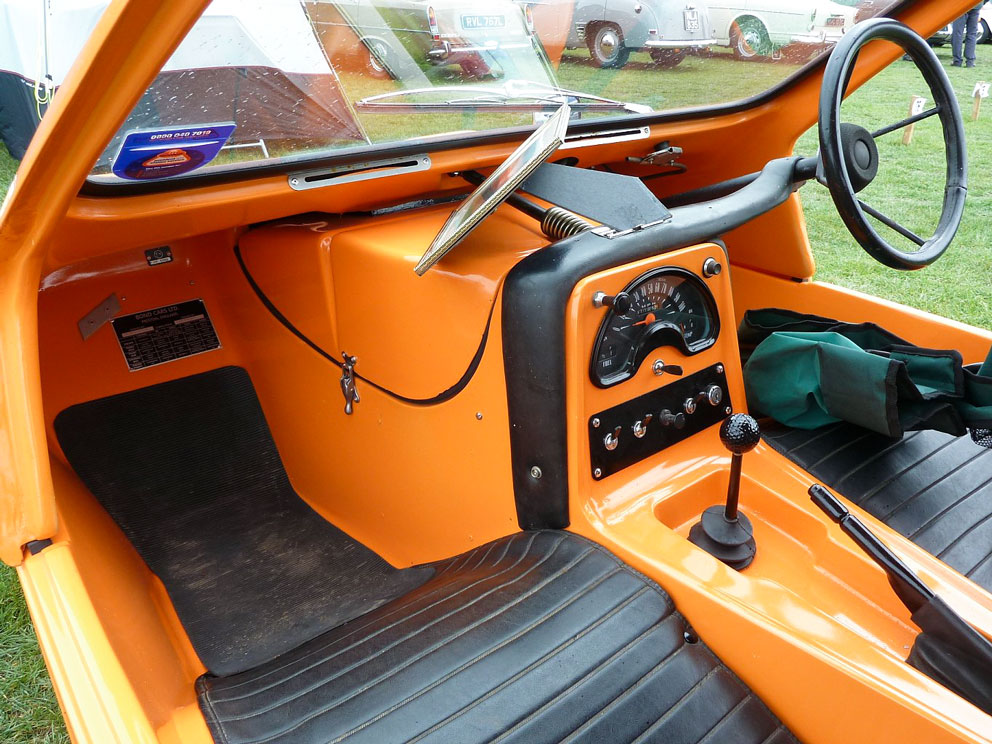
The canopy and three-wheeled setup may have added some novelty, but the Bug’s appearance was polarizing. For some, it was a fun, quirky ride; for others, it was just bizarre. Either way, it left a mark on the 1970s car scene.
6. 1975 Bricklin SV-1: Exterior
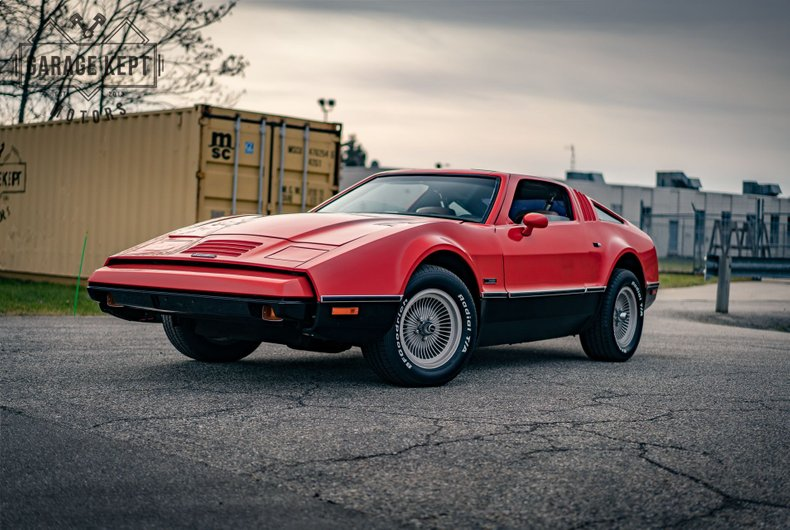
The Bricklin SV-1 came packed with promise—gullwing doors, a futuristic composite body—but its design execution left much to be desired. Its chunky, awkward proportions earned it comparisons to a duck waddling down the street.
1975 Bricklin SV-1: Interior
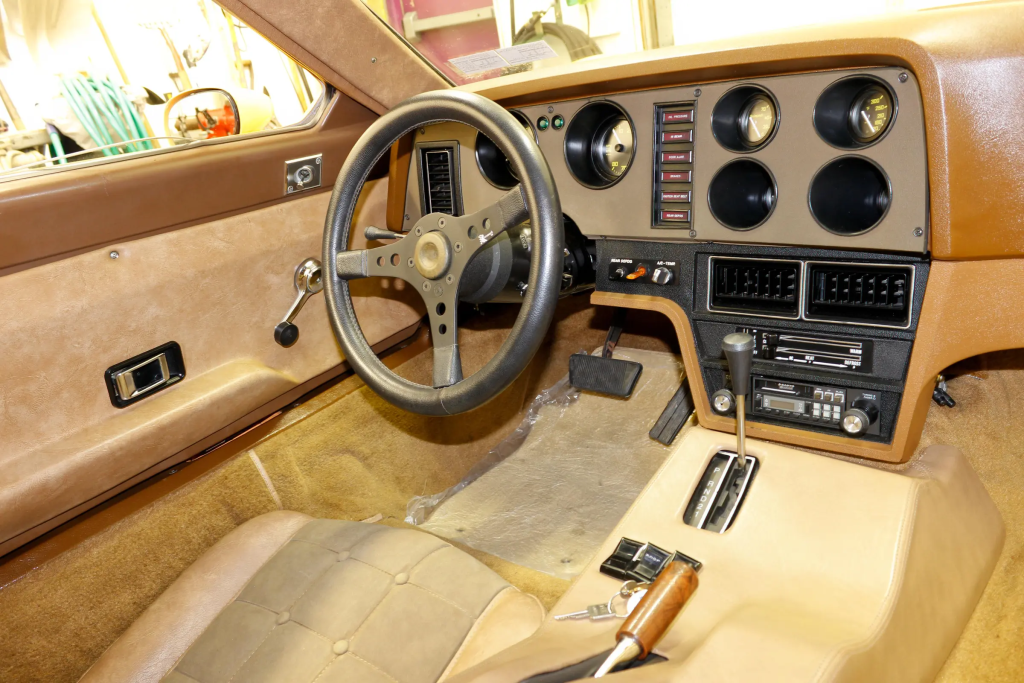
Despite innovative design elements, the SV-1’s rough build quality and limited visibility prevented it from reaching true classic status. It’s remembered more as a “what could have been” than a beauty queen.
5. 1977 Volvo 262C: Exterior
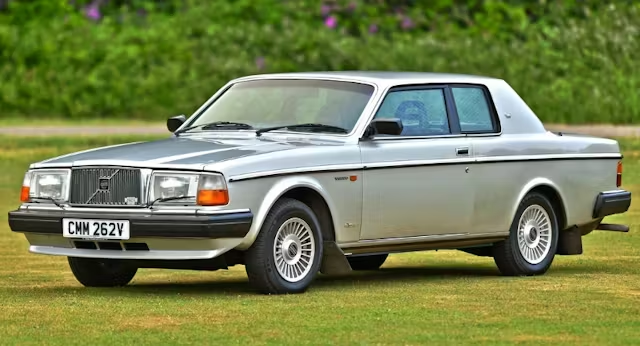
The Volvo 262C, a collaboration with Italian design house Bertone, could be seen as a bold experiment that maybe shouldn’t have happened. With its low roofline, tall drivers found themselves scrunched, adding to the list of awkward design choices.
1977 Volvo 262C: Interior

While it may not have been everyone’s cup of tea, Volvo found an audience, producing over 6,600 units. The 262C showed there was a niche market for people who appreciated its oddity, even if it wasn’t universally loved.
4. 1970 Porsche 914: Exterior
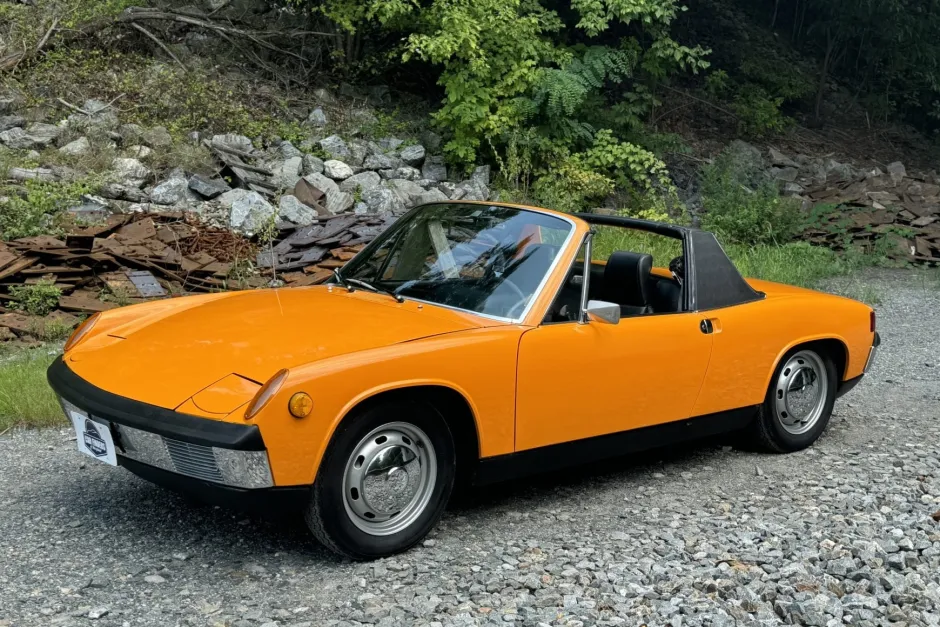
The Porsche 914 departed from Porsche’s iconic sleekness, featuring an unusual boxy design with a lot of space between the B-pillar and rear wheel. It’s a quirky look, and not what most expect from the brand.
1970 Porsche 914: Interior
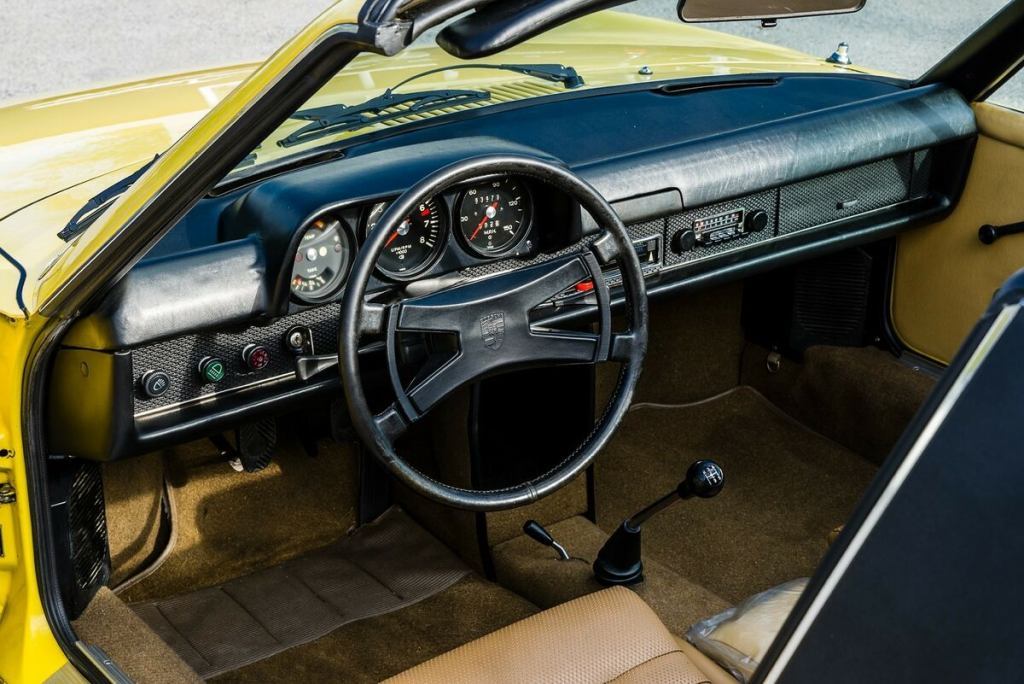
Designed as a two-seat roadster, the 914 delivered respectable performance with various engine options. Some love its uniqueness, while others question its appeal, but it remains a curious piece of Porsche’s history.
3. 1976 Chevrolet Chevette: Exterior
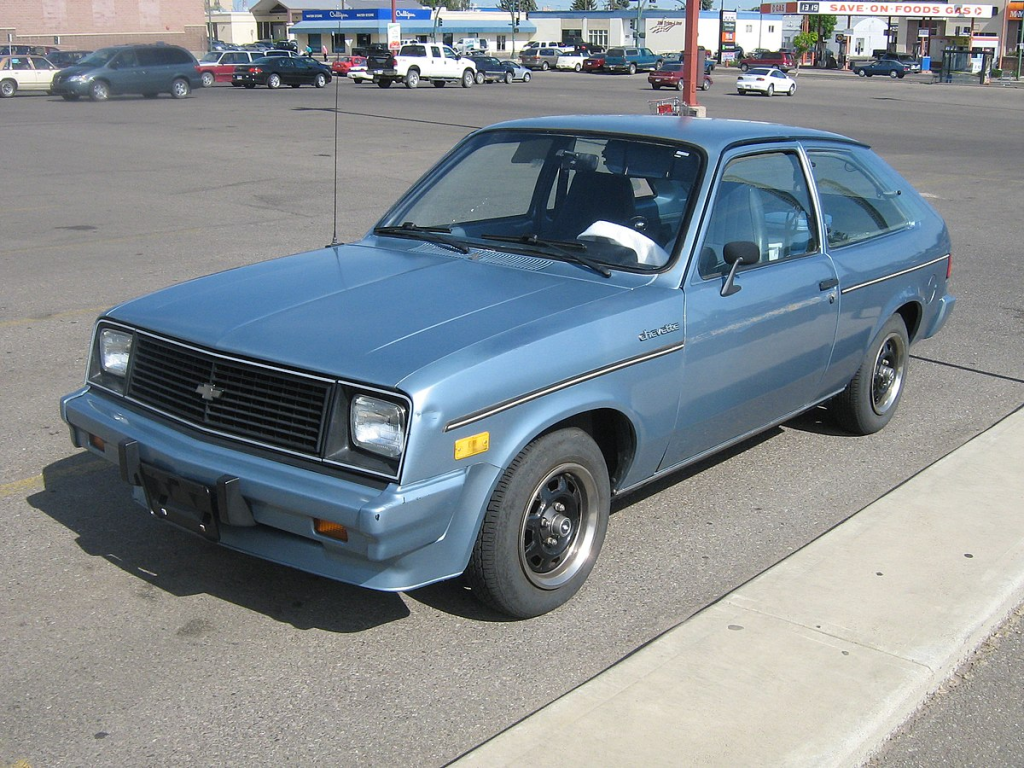
The Chevy Chevette didn’t make many waves in the style department. With its boxy shape and basic design, this car leaned more towards practical than pretty, yet it managed to attract a massive following.
1976 Chevrolet Chevette: Interior
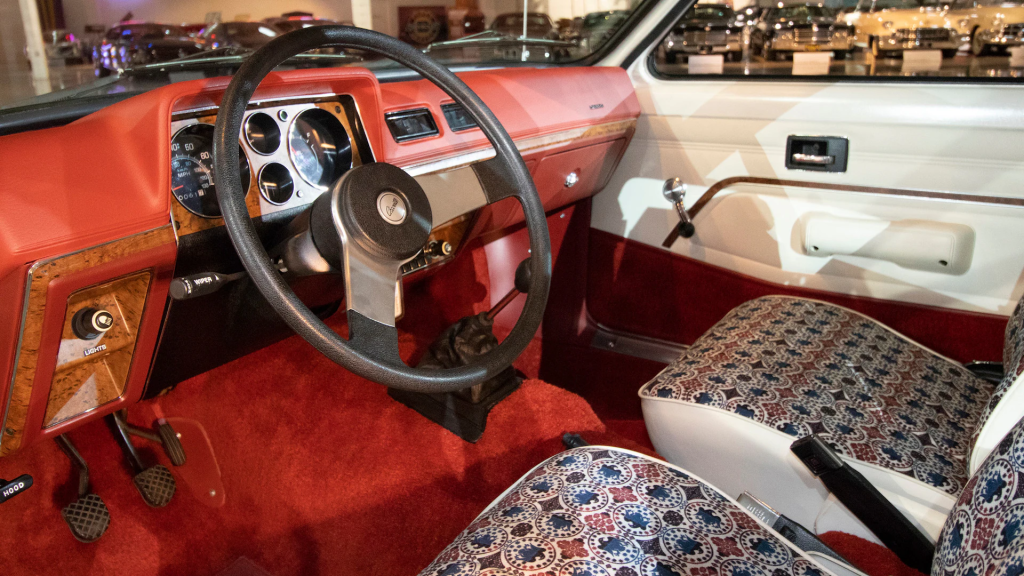
While not a looker, the Chevette was affordable and fuel-efficient, appealing to a practical crowd. It didn’t need fancy looks to move over 450,000 units in 1980 alone—though critics had fun labeling it one of the ugliest cars around.
2. 1970 Saab Sonett III: Exterior
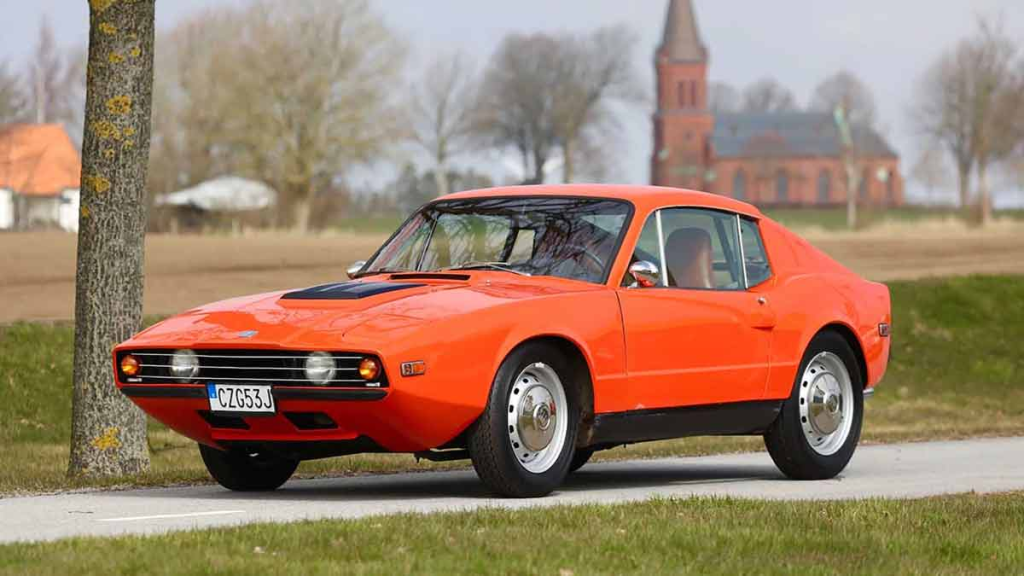
Saab’s Sonett III aimed at capturing American tastes with an elongated nose and truncated rear. The proportions didn’t quite work, leaving the car with an awkward “mismatch” look that wasn’t well received.
1970 Saab Sonett III: Interior
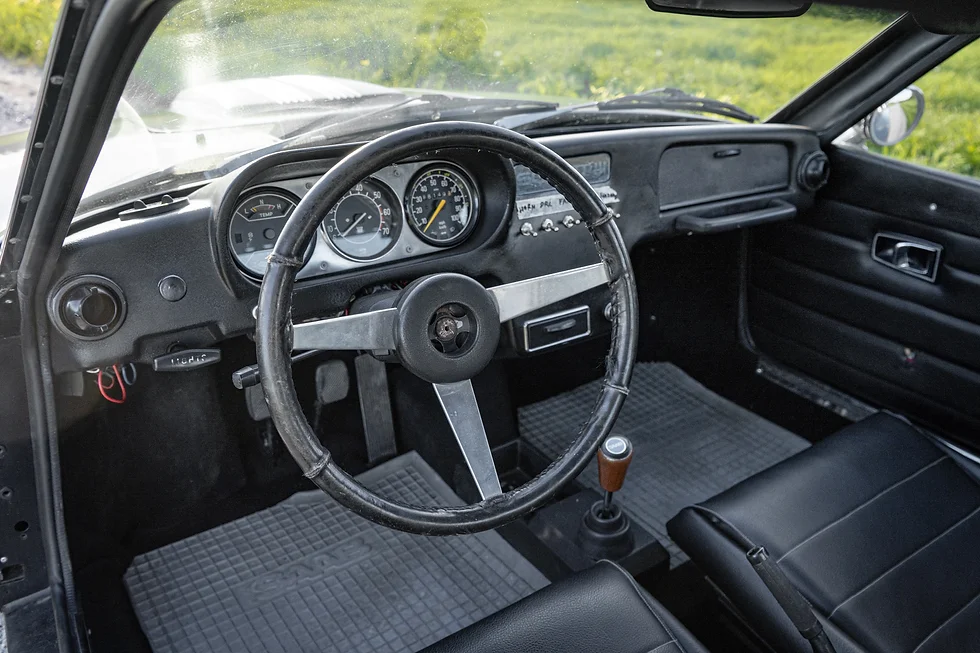
Despite its styling quirks, the Sonett III was light, fun to drive, and well-engineered. Its looks may not have won hearts, but for those willing to overlook them, it had plenty to offer.
1. 1975 Chrysler Cordoba: Exterior

The Chrysler Cordoba was one of the ‘70s “personal luxury” cars, which, at nearly 18 feet long, wasn’t exactly sleek. Its bulky frame and unusual headlight placement gave it a memorable, if not particularly attractive, look.
1975 Chrysler Cordoba: Interior
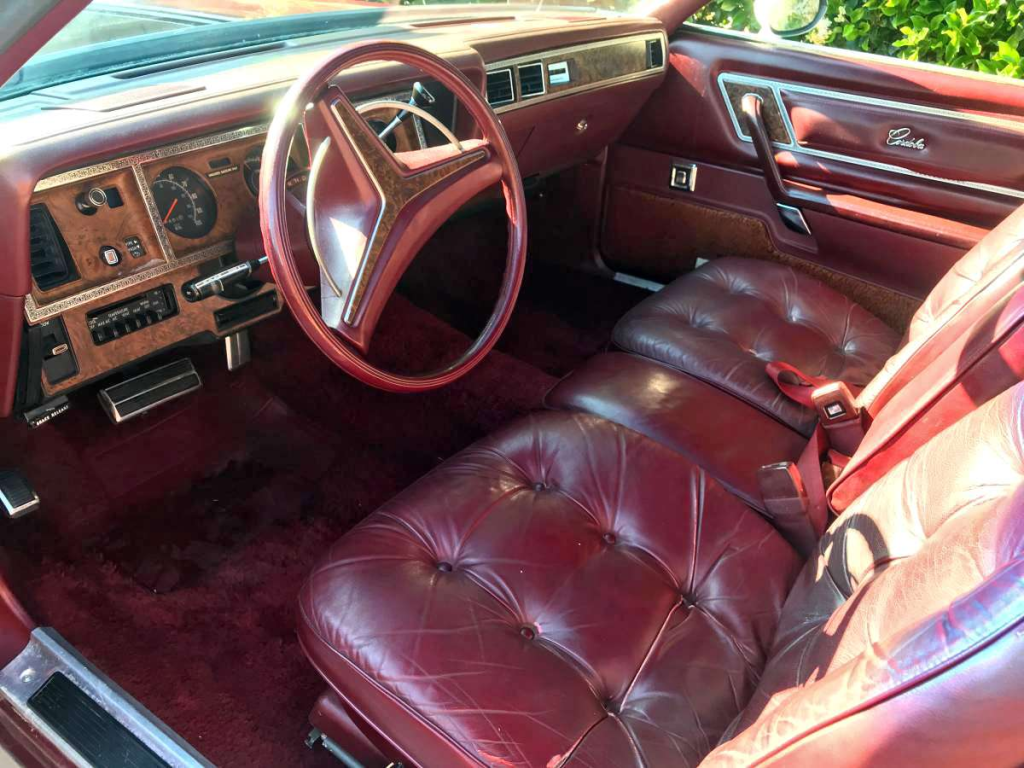
Under the hood, the Cordoba had engine options aimed at a smooth drive. Its design may not have been elegant, but it delivered the comfort many buyers wanted in a personal luxury car.
These ‘70s cars may not have aged like fine wine, but they certainly tell a story. They’re memorable for their quirks, embodying an era of wild design experimentation where anything seemed possible—sometimes to unforgettable, and sometimes to questionable, effect.




